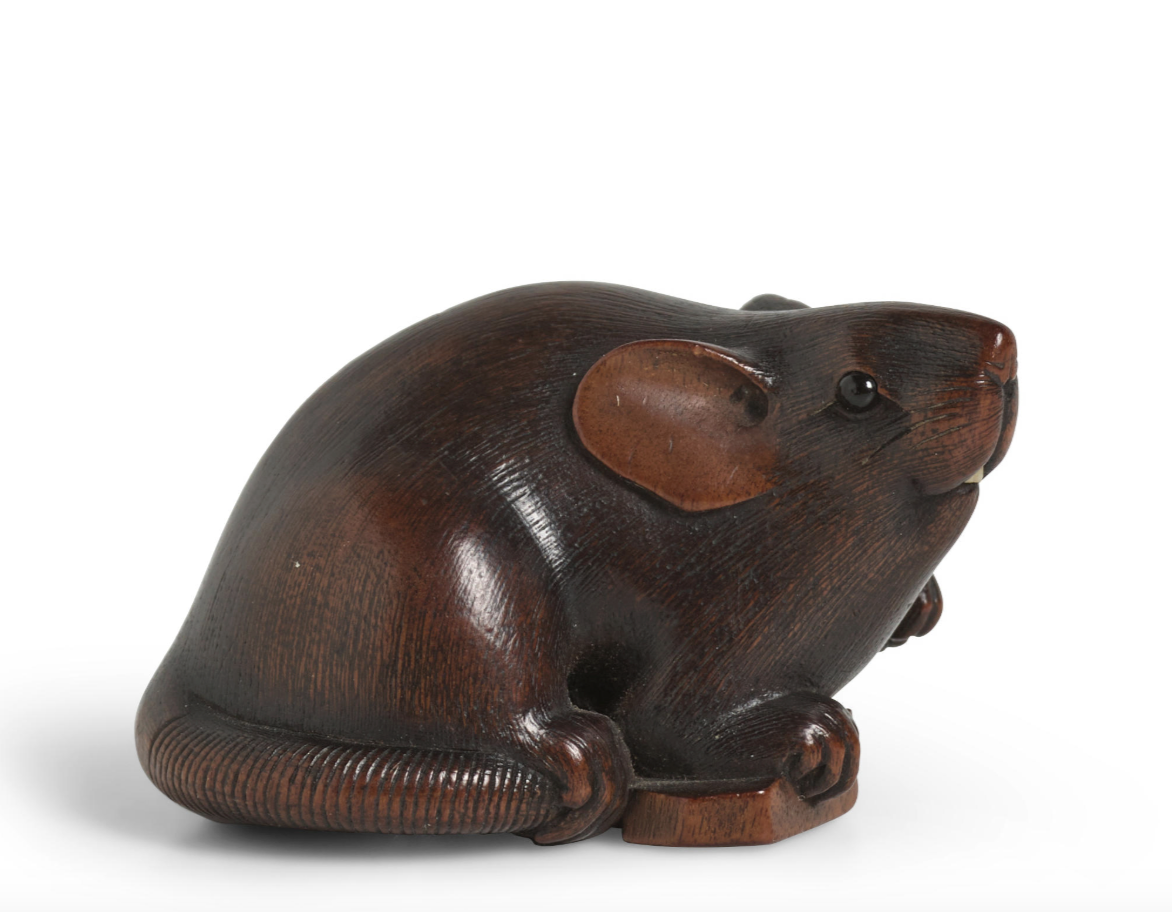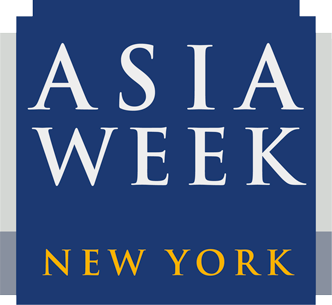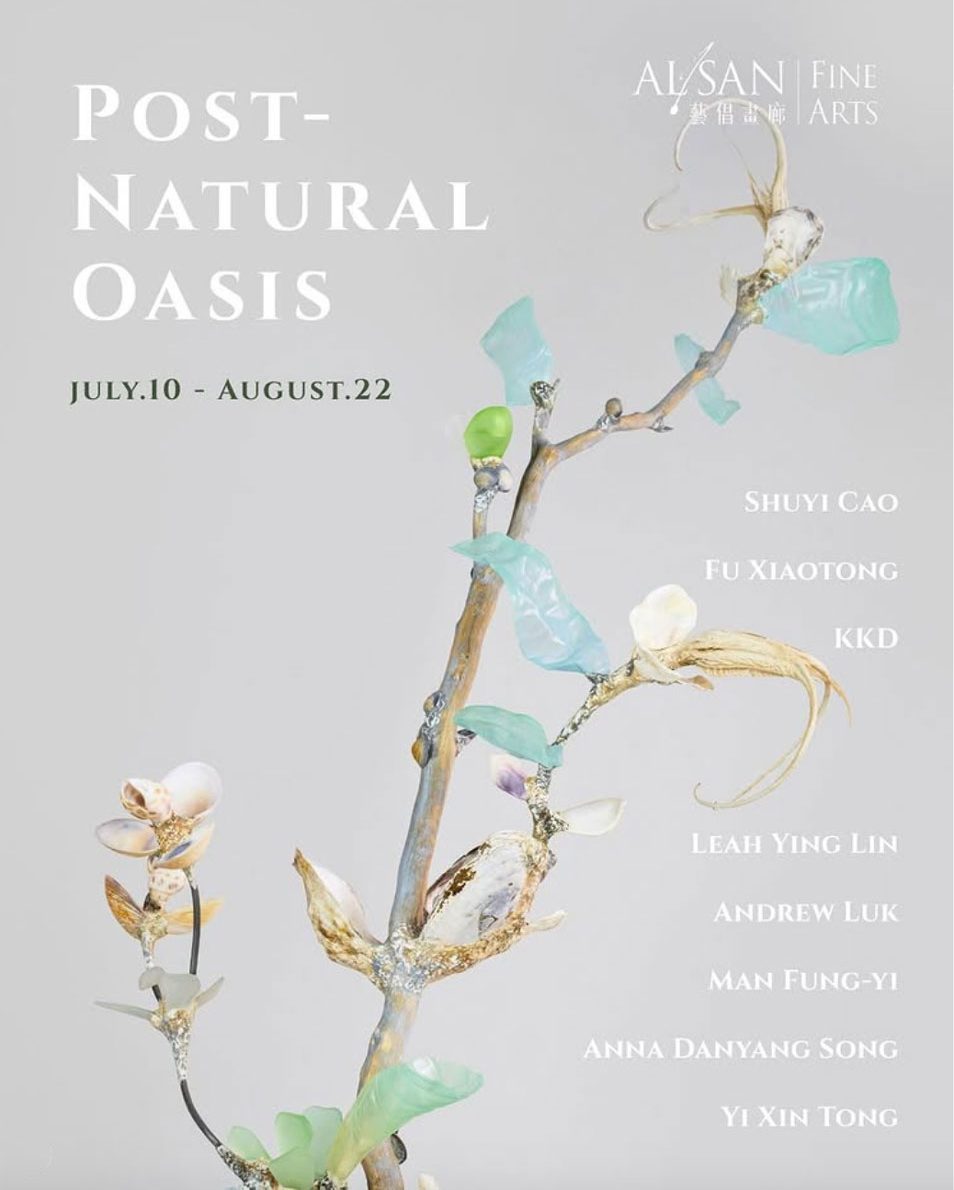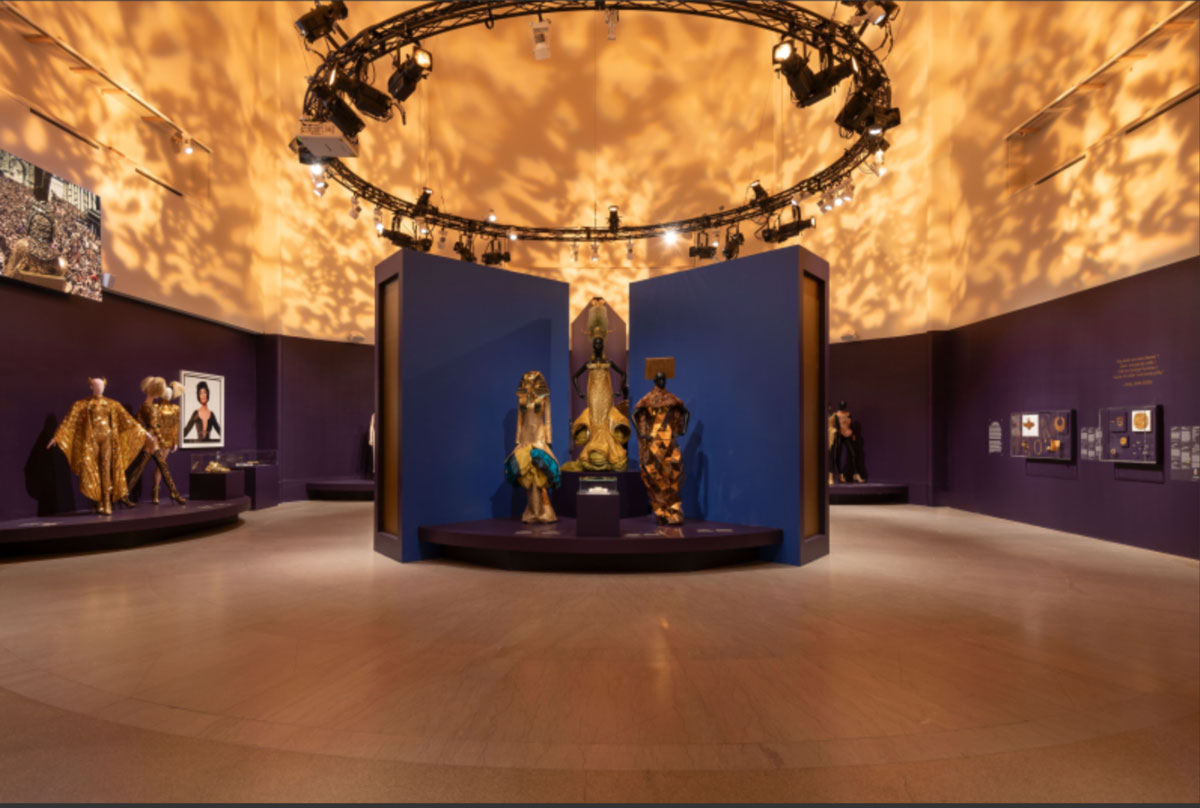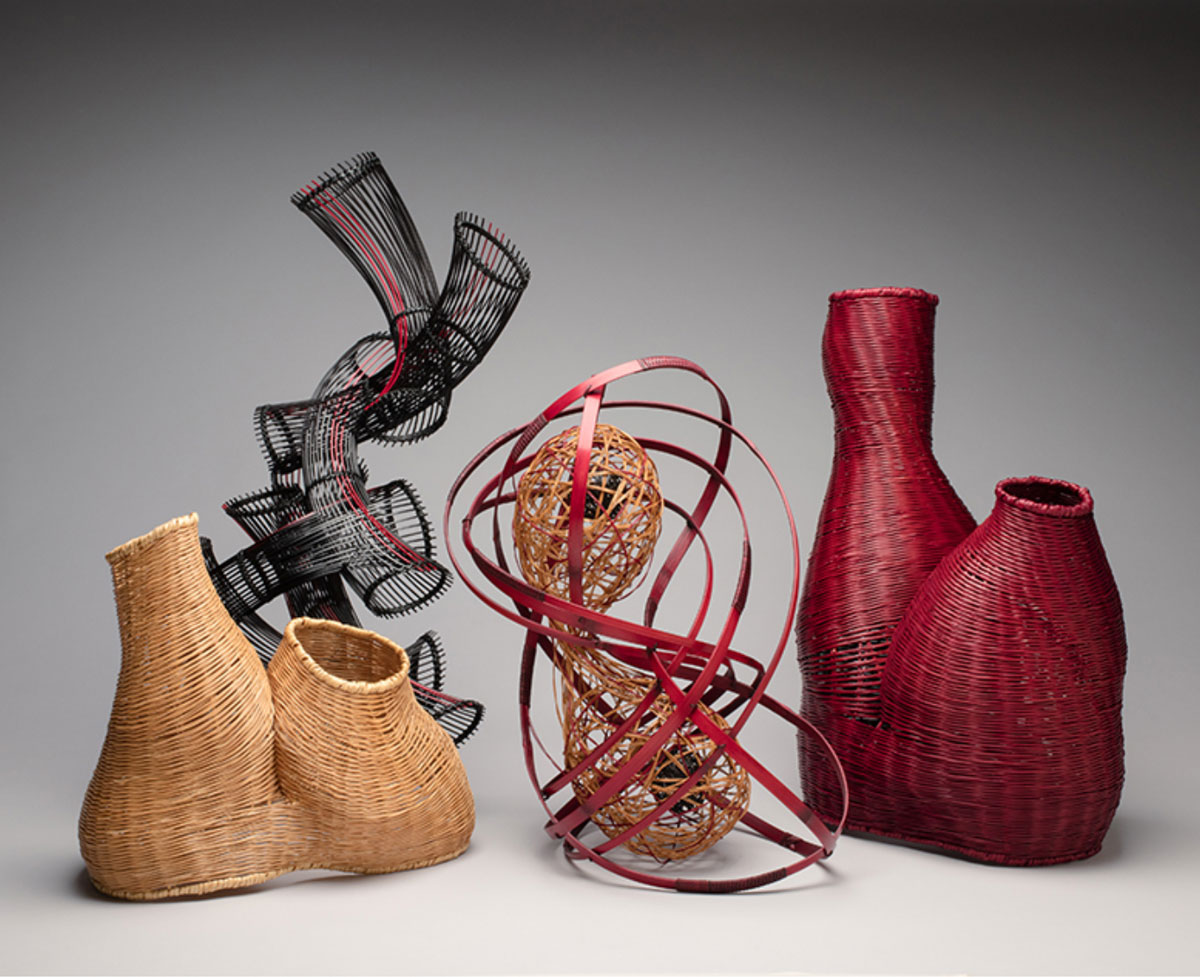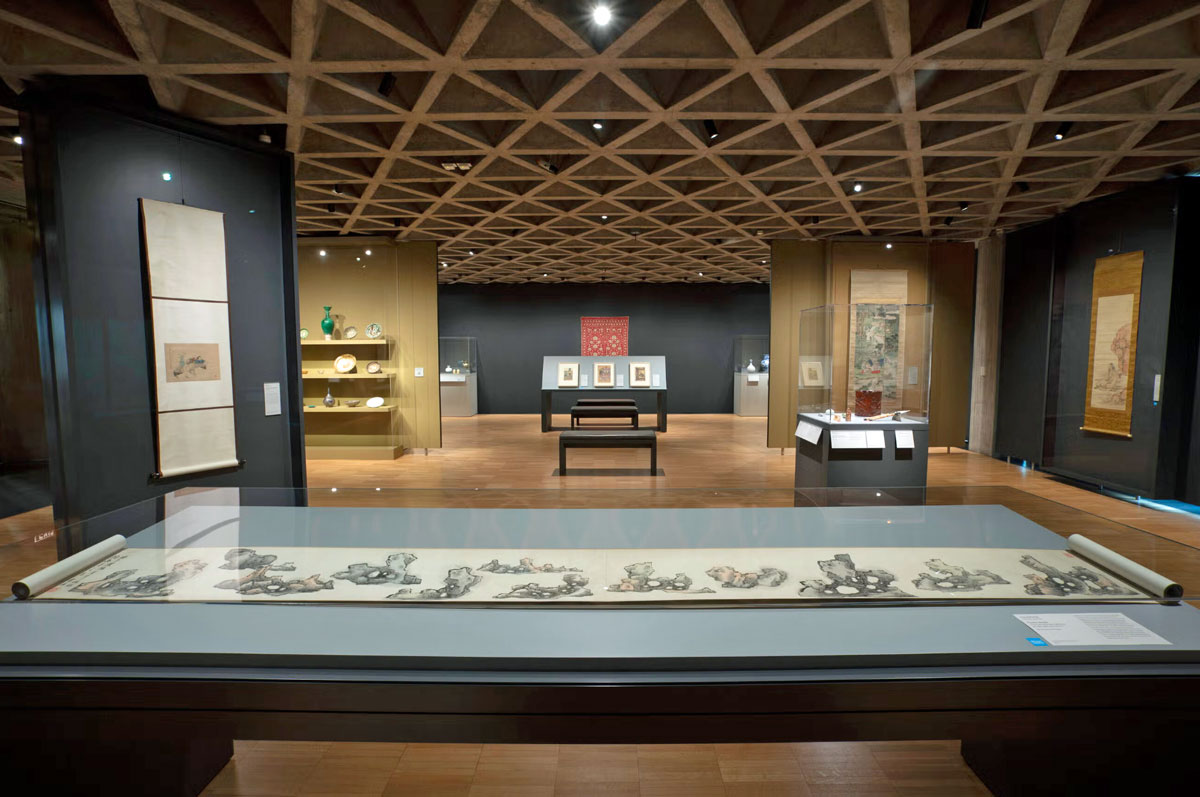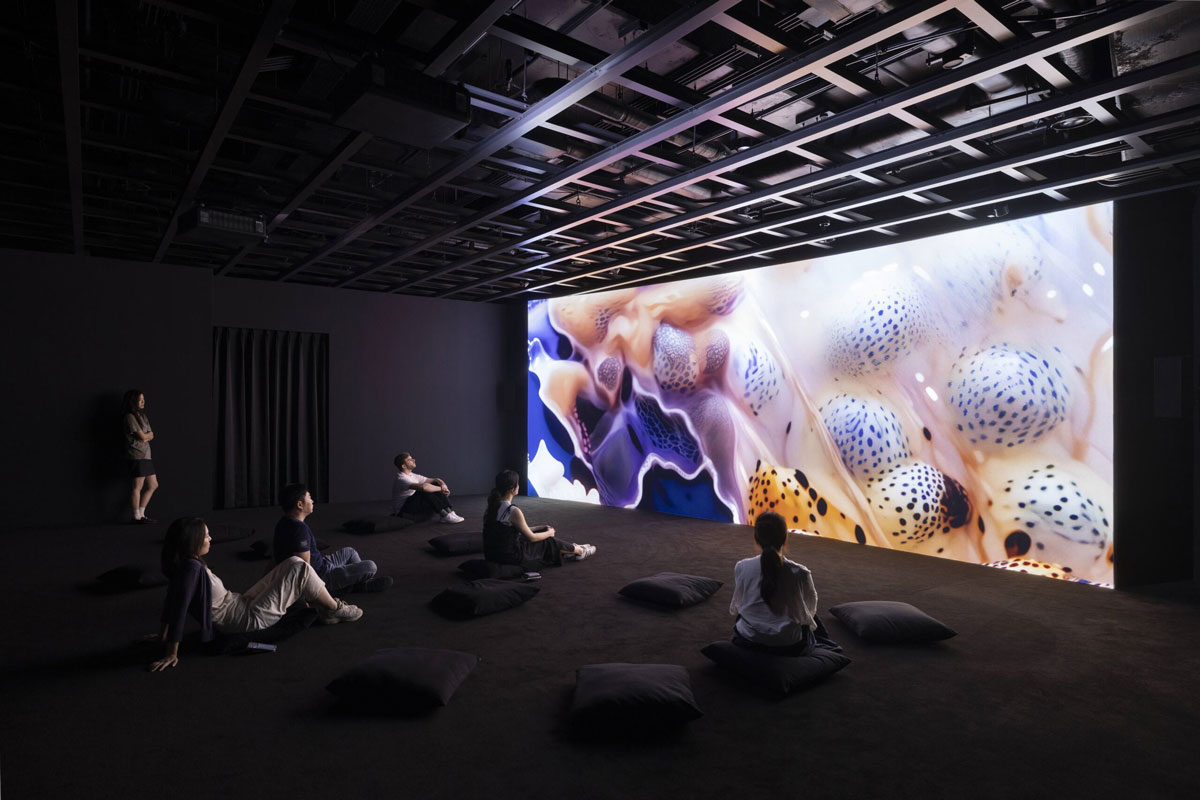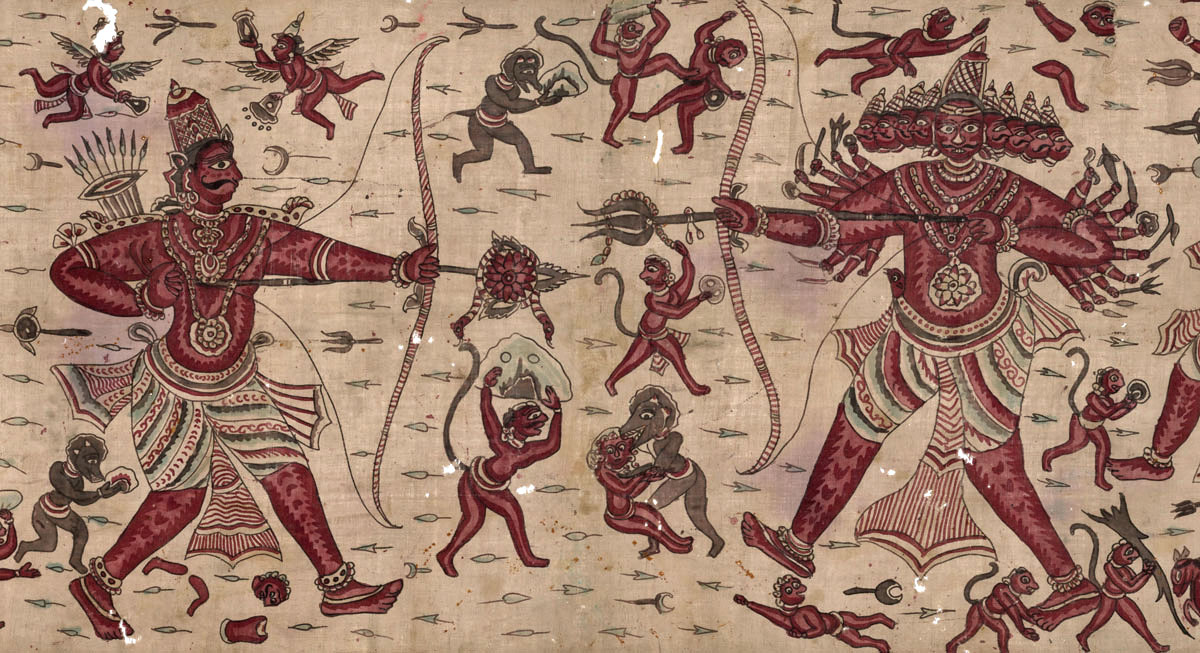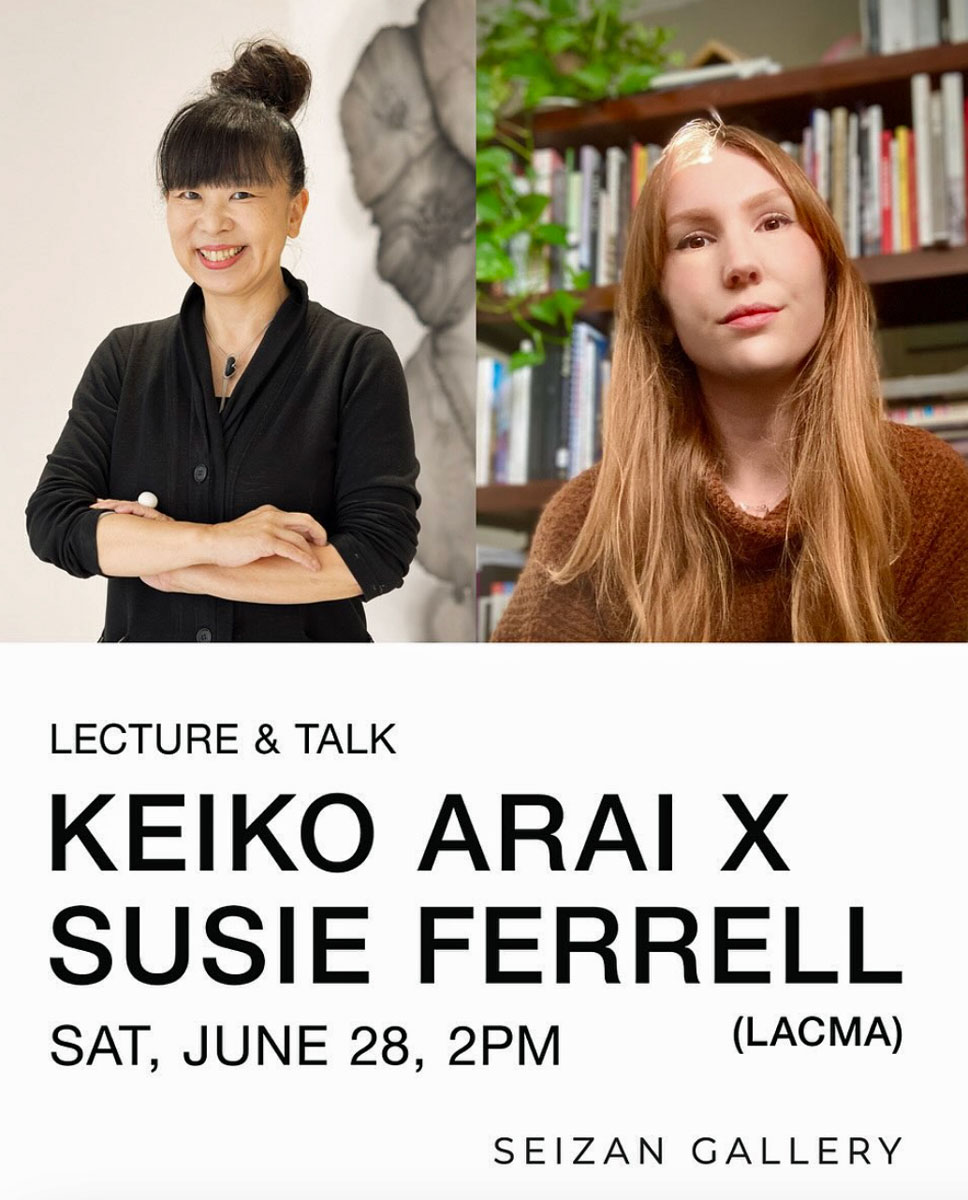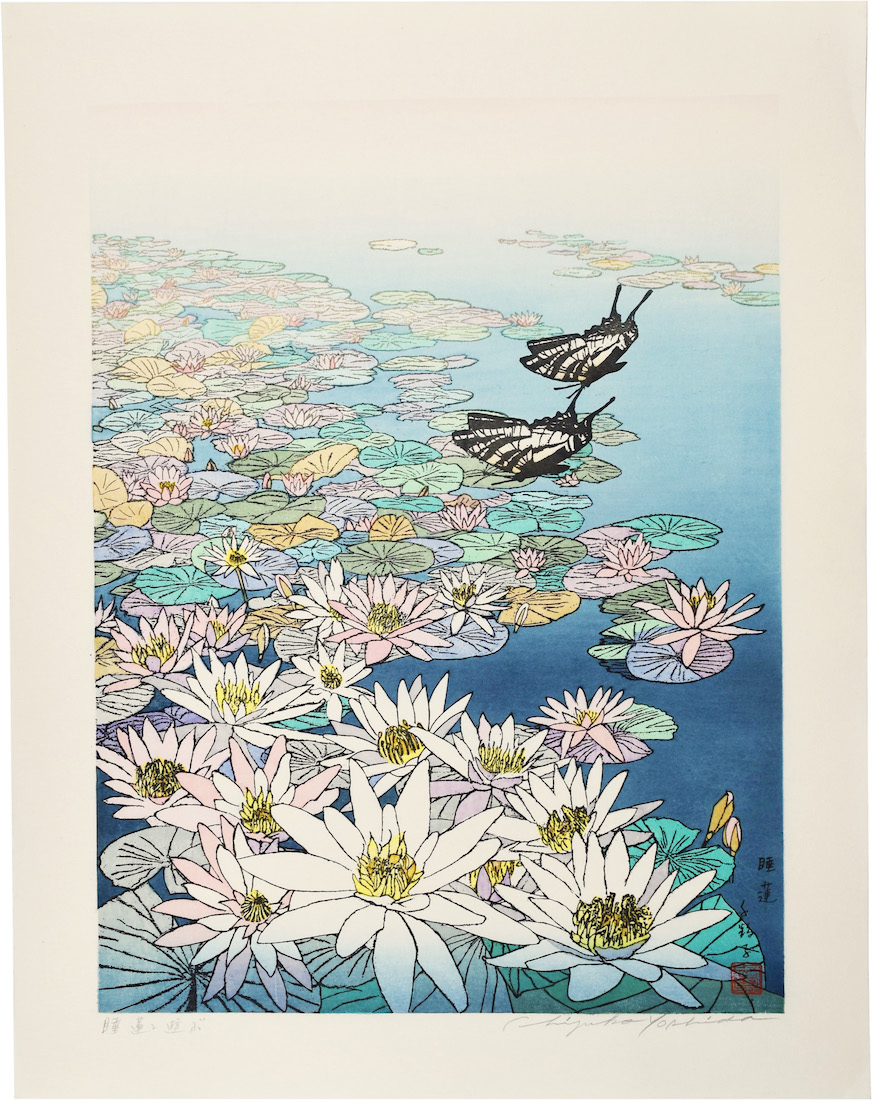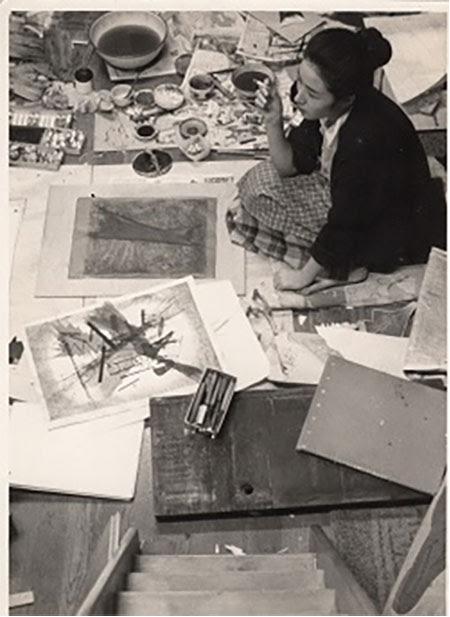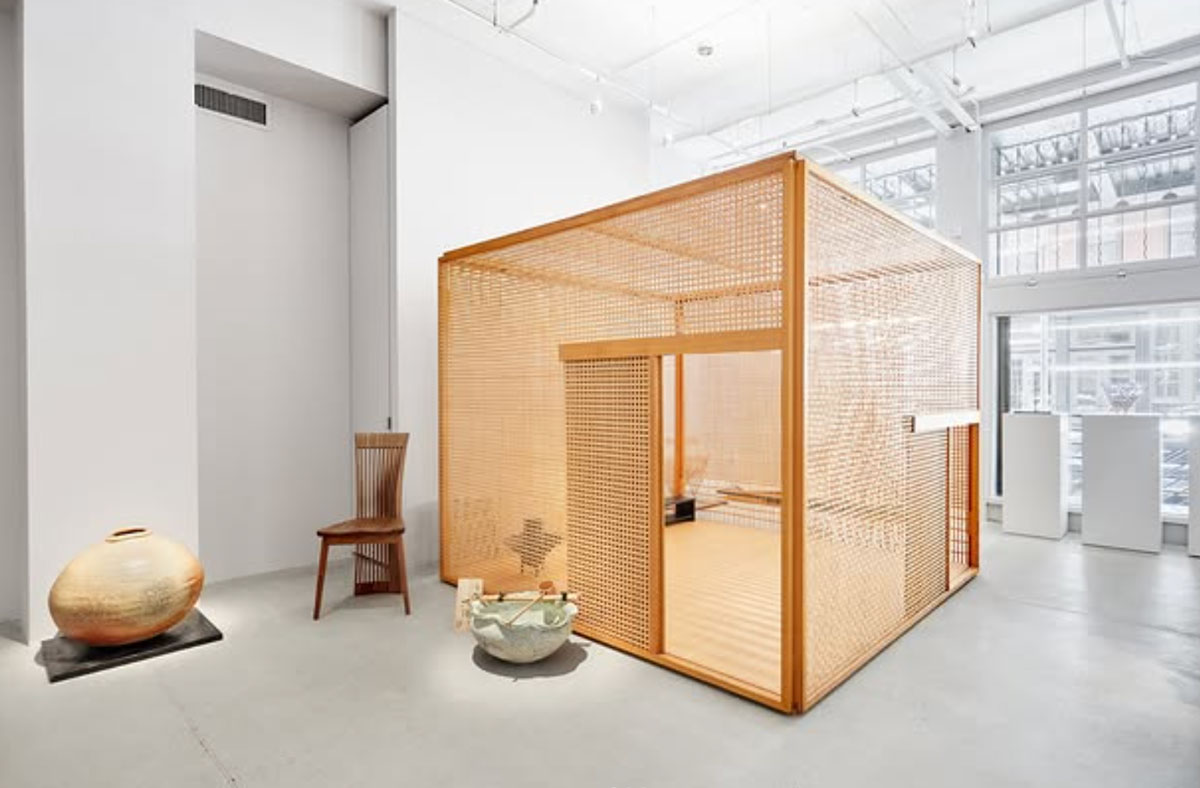Shuyi Cao, The Nectar of Perpetuity (detail), 2025, stoneware, driftwood, dried seed, oyster and clam shells, coral, seashell fragments, sea glass, recycled plastic, steel, acrylic paint, 35 x 14 x 16 in. (89 x 35.5 x 40.5 cm)
Post-Natural Oasis
July 10 – August 22, 2025
Opening Reception: Thursday, July 10, 6-8pm
120 East 65th Street, NYC
Alisan Fine Arts is excited to present Post-Natural Oasis, an exhibition featuring the work of Shuyi Cao, Fu Xiaotong, KKD, Leah Ying Lin, Andrew Luk, Man Fung-yi, Anna Danyang Song, and Yi Xin Tong. The exhibition brings together a collection of sculpture, wall reliefs, and other forms of object-based art that reflect upon humanity’s relationship with the natural world. How might this post-natural world look in the future, or along an alternate geological timeline? Although many of the artists employ objects from nature, none of the works in this exhibition are ‘natural’; rather, they examine the innate human drive to infer cultural meaning from our natural environment.
Shuyi Cao’s sculptures combine preserved shells, recycled materials, ceramics, and borosilicate glass to evoke alternate geological timelines. Works like Pabulite (fin) (2024) resemble eroded forms or shed skins, capturing the unsettling poetics of deep ecology. Core (2024), hand-crafted in borosilicate glass, suggests primordial life and the liminal space between organic and inorganic. In The Nectar of Perpetuity (2025), natural and synthetic elements—rocks, driftwood, plastic—mimic growth patterns like coral or minerals, blurring boundaries and reflecting the fractured order of today’s material world.
Yi Xin Tong’s work envisions a parallel civilization emerging through excavation. Observatory II (2025) pairs a flint nodule from Staten Island with a steel air tank, merging materials from different geological eras. The hand-engraved flint—once used to spark fire—is now supported by a copper sphere sealing air from 2025. Part of an ongoing series, Observatory functions as a sculptural instrument for seeing, exploring excavation, circularity, material tension, and asymmetry.
Fu Xiaotong, known for her pinprick works on paper, extends her exploration of ancient religions and humanity’s bond with nature into sculpture. Drawing on the Egyptian deity “NUN,” her forms resemble relics or imagined deities, reflecting the lingering influence of ancient beliefs on modern life.
Man Fung-yi also explores spirituality, but through a personal lens. Her paired gourd-shaped steel sculptures—one woven and hollow, the other solid—symbolize unity and cosmic harmony: ‘merging in the vast universe, two becoming one, without distinction, without beginning or end…’.
Andrew Luk’s Thale Cress series is named after a plant used in space agriculture due to its radiation sensitivity, symbolizing extraterrestrial colonization. The works incorporate Martian Regolith Simulant and “liquified carbon,” a playful stand-in for Chinese ink that blurs cultural readings of material. Pages from science fiction stories by Ted Chiang, Ursula K. Le Guin, and Ray Bradbury serve as structural and conceptual elements, grounding the sculptures in questions of history, ethics, and the metaphysical. Here, text is not just content—it’s material.
The artist duo KKD—Lam Tung Pang and Lambert Law—draw from science fiction to create T.S.N.F. (Think Slow, Not Fast), a toy-like figurine born from the idea of a universal comfort object. Though from another reality, it evokes childhood nostalgia. Describing themselves as having “grown up with trauma in the post-human period,” the artists use T.S.N.F. to channel playfulness as a response to pain.
Leah Ying Lin and Anna Danyang Song both explore the interplay between humans, nature, and machines, but in distinct ways. Lin’s chrome and glass flowers reflect on life’s fragility and the tension between nature’s cycles of rebirth and the limits of human technology. Her work contrasts the ephemeral and the eternal. Song, by contrast, uses ceramic and glass techniques—hand-building, blowing, and 3D printing—to explore human connection. Her hybrid vessels, filled with clustered spheres, suggest miniature societal structures formed through material resistance and transformation.
Simultaneously poetic and critical, the works in this exhibition invoke both the fragility and absurdity of our collective aspirations. The sculptures oscillate between sincerity and satire. They are crafted to appear humble, even charming, while probing the violent legacies of exploration. This layered ambiguity mirrors the hybridities of diaspora—where meanings shift, materials translate, and contradiction becomes generative.
To learn more, click here.
